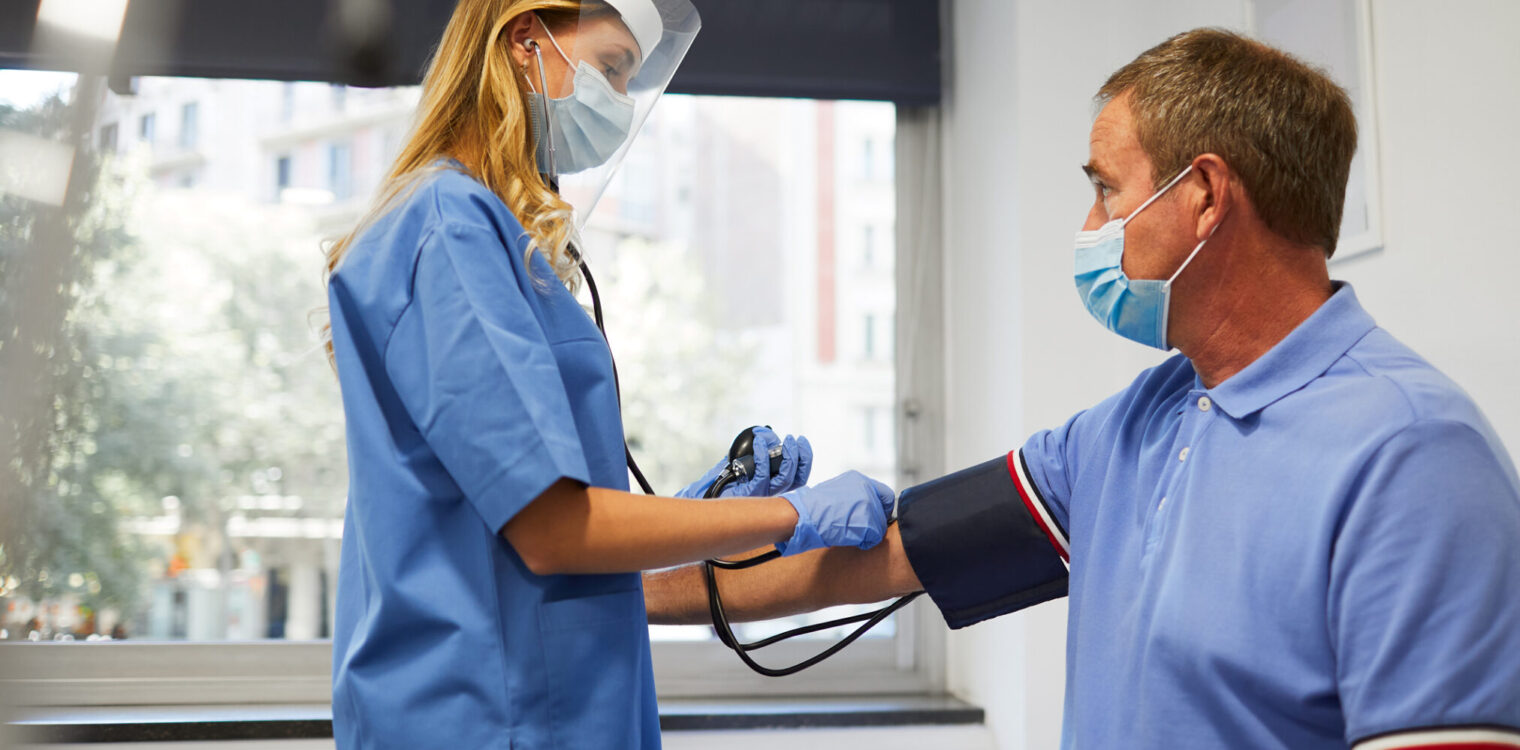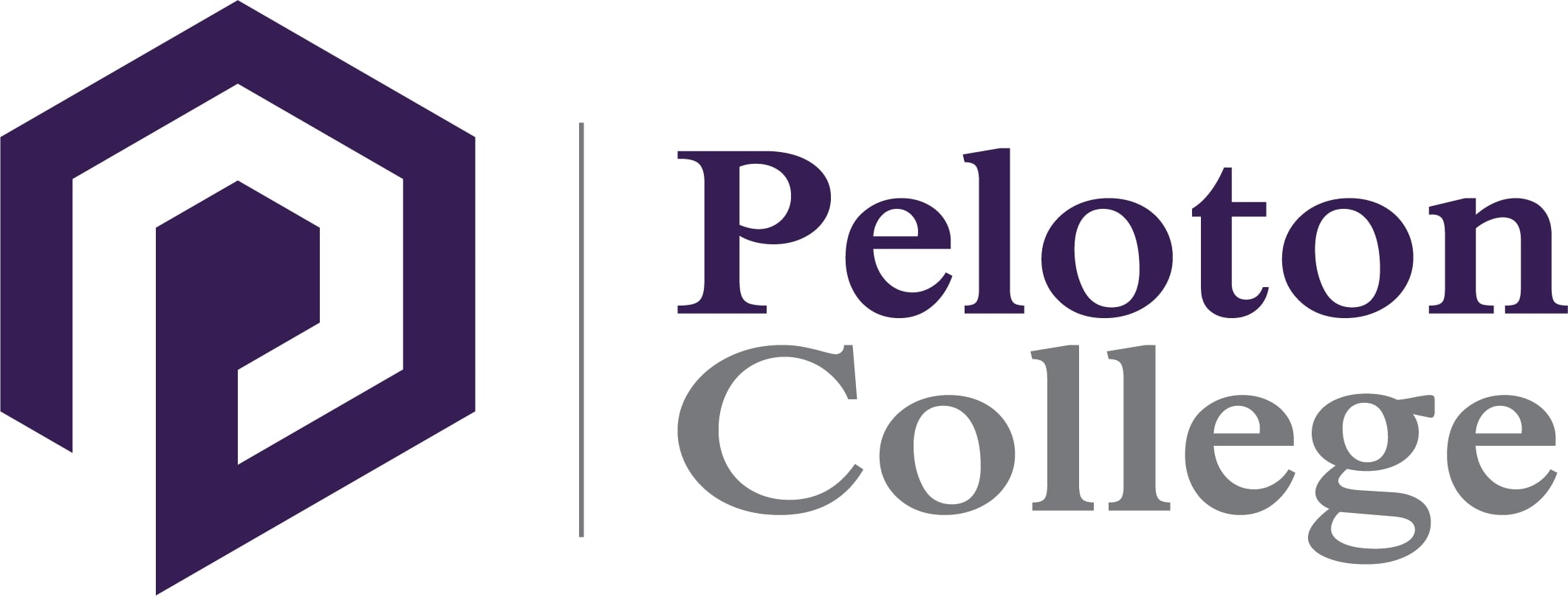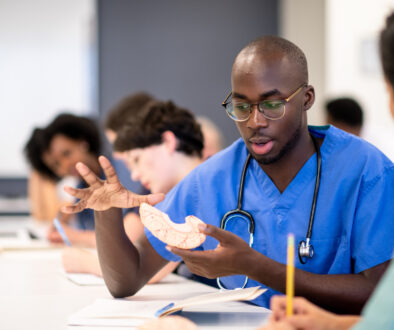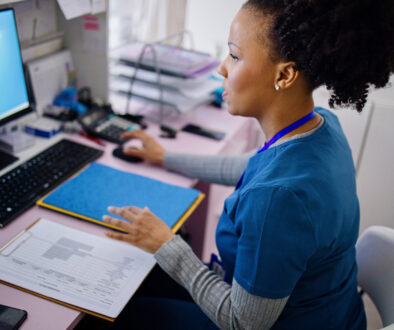What are the 6 Main Vital Signs?

Are you interested in becoming a medical assistant and want to learn more about vital signs? Vital signs are a window into a patient’s body and an important responsibility for medical assistants. Taking vital signs is a key task that you will take during a medical assistant diploma program. You will also get lab experience taking vital signs, phlebotomy and other medical assistants’ tasks that can only be learned by doing them.
What are the Different Vital Signs?
Vital signs are important for physicians to manage a patient’s health and diagnose illness. The six vital signs that a medical assistant will take at the beginning of each appointment include blood pressure, heart rate, temperature, respiratory rate, height, and weight. Each vital sign is taken in a different way and can help identify abnormalities before they become a serious problem.
Vital Sign #1: Blood Pressure
Blood pressure is the force the blood places against the arteries. The medical assistant takes this vital sign by placing a cuff around the arm. A pump inflates the cuff to cut off circulation. The cuff is then gradually deflated by a valve to determine blood pressure.
There are two numbers displayed when blood pressure is measured. The pressure in the arteries when blood is pumped throughout the body is the top number, systolic pressure. Artery pressure when the body is resting is the bottom number, diastolic pressure.
Using blood pressure, a physician can understand whether a patient has high blood pressure or even a greater chance of heart attack or stroke. Keeping consistent records of a patient’s blood pressure helps the physician monitor a patient and identify abnormalities when they arise. If the numbers are too high, it is much harder for the arteries to resist the blood flow. The result is the heart working much harder than normal.
Vital Sign #2: Heart Rate
A patient’s pulse is the rate at which the heart beats. The most common way to check heart rate is by placing the middle and pointer fingers on the inside of the wrist below the thumb. The heart rate can also be checked on the neck’s coronary artery or even on the back of the hands or feet to make sure blood is properly flowing to the extremities. The medical assistant counts the number of beats for 15 seconds. They then multiply the number by four to determine the heart rate.
The heart rate is a good indication of the emotional wellbeing, fitness level and heart health. The heart rate shows the physician the number of times the heart beats every minute. When the body is at rest, a healthy heart rate is 60 to 100 beats per minute. The heart rate can be tracked by monitoring devices to determine the patient’s average heart rate. Fluctuations in heart rate may be a symptom of a disorder or disease like chronic stress, excessive caffeine or even a symptom of a medication. This is why it is important for the medical assistant to monitor a patient’s heart rate at every appointment.
Vital Sign #3: Temperature
A medical assistant takes a patient’s temperature under the tongue or through the armpit, anus, or ear by using a thermometer. Each patient is different, while the normal way to take the temperature is under the tongue, if the medical assistant is working with a baby, the ear or forehead may be a better location to take the temperature. The thermometer displays the temperature in either Fahrenheit or Celsius.
When the body temperature is irregular, it is often a sign of infection. Even if the patient is feeling good, body temperature can detect an infection before it spreads. When the body temperature fluctuates, it is an indication there may be a medical issue. When normal, the ideal body temperature is between 97 to 99 degrees Fahrenheit. Body temperature can be affected by the surrounding temperature and the weight, gender, and age of the person. It is important to keep these factors in consideration.
Vital Sign #4: Respiratory Rate
The respiratory rate is the number of times a person breathes per minute. To determine the rate, the number of breaths taken for one minute is counted according to how many times the chest rises. Medical assistants try to take the respiratory rate without the patient’s knowledge as they may speed up breathing if anxious. A respiratory rate that is too fast can cause hyperventilation, while breathing too slow may cause a lack of oxygen to the body.
Monitoring respiratory rate is important for the detection of early signs of allergies or respiratory illness. A common cause of increased respiration levels is an infection. When respirations levels are tracked, an illness can be detected before the entire body becomes infected. This enables the physician to prescribe treatment before the illness becomes advanced.
Vital Sign #5 & 6: Height and Weight
During a patient’s exam or at the beginning of an appointment, a medical assistant will use a stadiometer attached to a wall, similar to a ruler, to measure a patient’s height. A sliding piece is adjusted to rest on top of the head to determine the height. The medical assistant will use many different types of scales to record body weight.
These two vital signs are very important as they may be symptoms of a bigger issue. Being overweight can contribute to many diseases and disorders. A child that is shorter than average may have bone growth issues, while a senior that loses height may be suffering from osteoporosis. Both height and weight are also used to measure both BMI and medication dosages. Continuing to monitor height and weight will help a physician better diagnose a patient and allow them to prescribe the right dosage of medications.
When are Vital Signs Taken by a Medical Assistant?
The first time a patient visits a doctor, the medical assistant takes their vitals. This is to establish the correct baseline. Vitals are also taken after specific procedures, to check for diseases and when the patient is taking medication. Every time the patient visits the doctor, vital signs are taken by the medical assistant to reveal any trends in their health. Any abnormalities are noted on the patient’s medical records for the physician’s review.
Final Thoughts
Becoming a medical assistant is more than greeting a patient and making sure they are comfortable in the exam room. As a medical assistant, you are ensuring the health of a patient by monitoring vital signs, recording medical history, and relaying this information to the physician. The more information the physician has, the better they can manage a patient’s health. As a medical assistant, you are a healthcare superhero. So, is it time to join the frontlines of healthcare?
Want to Learn More?
The objective of this Medical Assistant training program at Peloton College is to prepare the student for employment as an entry-level Medical Assistant performing administrative, clerical, and clinical duties within the health care field.
The mission of Peloton College is to be the premier provider of hands-on training and education by providing students and graduates with the necessary skills to secure occupational careers. Contact us today to learn more.



